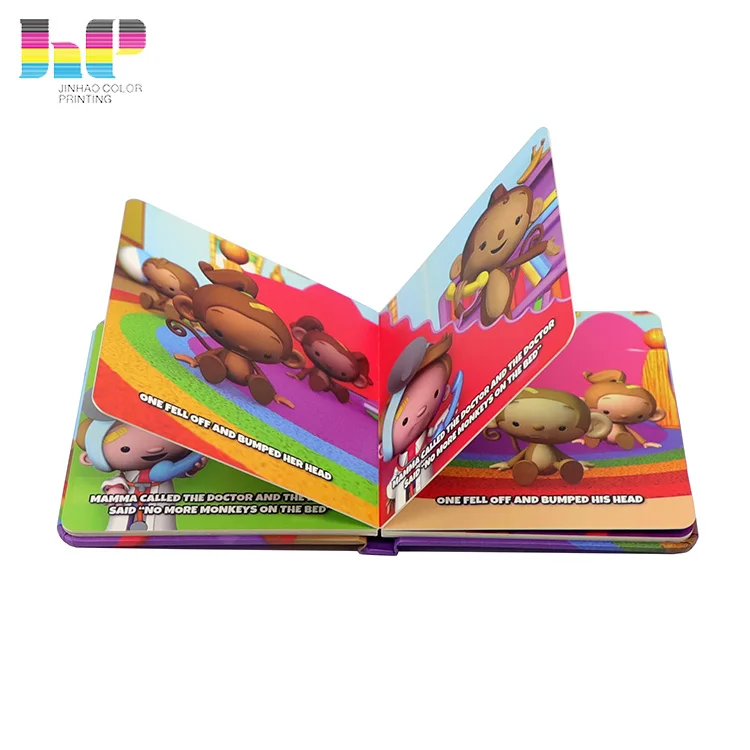중국 아동 도서 제작 기술
The art of making Chinese children’s books
Chinese children books are a beloved and integral part of the country’s cultural heritage. For generations, they have captivated young readers with their engaging stories and colorful illustrations. But what goes into the creation of these beloved books?
The process of making a Chinese children’s book begins with the selection of a story. This can be a traditional tale passed down through the ages, or a contemporary story written specifically for children. The story is then adapted for the book format, with the text being divided into chapters or sections and accompanied by illustrations.
The illustrations in Chinese children’s books are often created using a variety of media, including watercolors, ink, and digital techniques. Illustrators may work closely with the author to bring the story to life, or they may be given creative freedom to interpret the story in their own way.
Once the illustrations are complete, they are laid out with the text in a design that is both visually appealing and easy for young readers to follow. The book is then printed and bound, and may be distributed to bookstores, libraries, and schools across the country.
Creating a Chinese children books is a labor of love that requires a combination of storytelling, artistic talent, and attention to detail. From the selection of the story to the final printed book, the art of making Chinese children books is a process that has delighted and educated young readers for centuries.
The art of making Chinese children’s books is a blend of creativity, cultural sensitivity, and attention to detail. Chinese children’s books are not just translations of Western books; they are uniquely crafted to appeal to young Chinese readers and reflect their culture and values.
One of the key considerations in making Chinese children’s books is the use of language. Chinese has a complex writing system, with thousands of characters and multiple dialects. It is important for the author and illustrator to be able to effectively convey the story and ideas in a way that is age-appropriate and easy for children to understand.
Cultural sensitivity is also crucial in the creation of Chinese children’s books. While many universal themes and values can be found in children’s literature around the world, it is important to respect and accurately portray the specific customs and traditions of Chinese culture. This includes everything from the clothing and settings depicted in the illustrations to the themes and morals conveyed in the story.
In addition to language and cultural considerations, the art of making Chinese children’s books also requires attention to detail. The illustrations must be carefully crafted to not only complement the story, but also to engage young readers and stimulate their imagination. The layout and design of the book must also be visually appealing and easy to follow.
전반적인, the art of making Chinese children’s books is a challenging and rewarding pursuit that requires a unique blend of artistic talent, cultural understanding, and attention to detail. It is an important way to promote literacy and cultural understanding among young Chinese readers and help them develop a love of reading from an early age.



